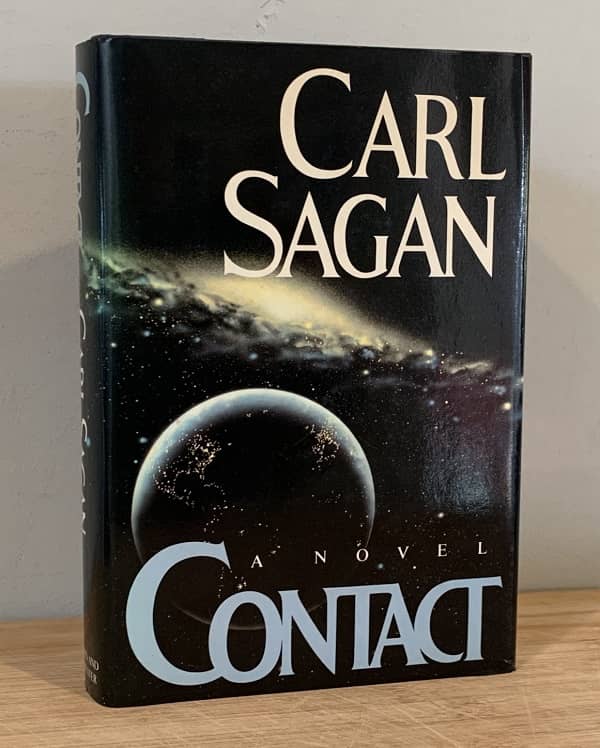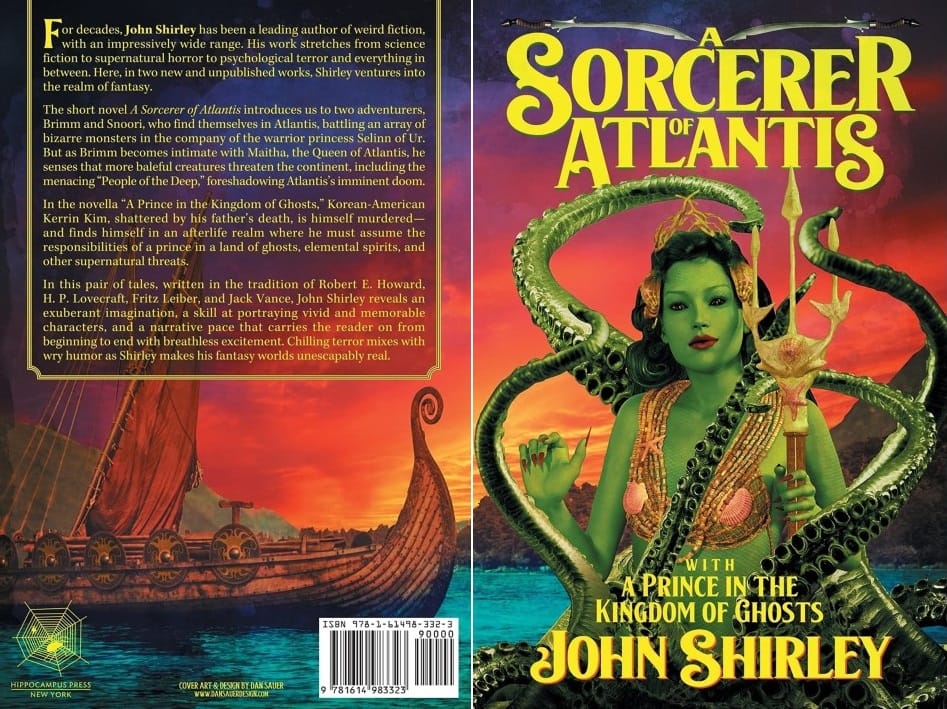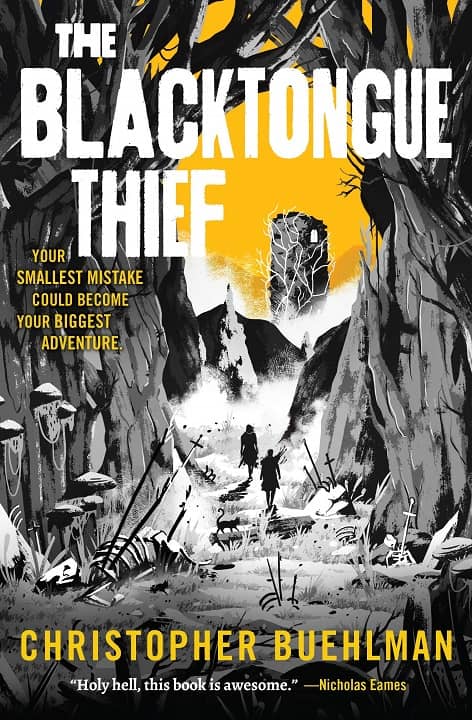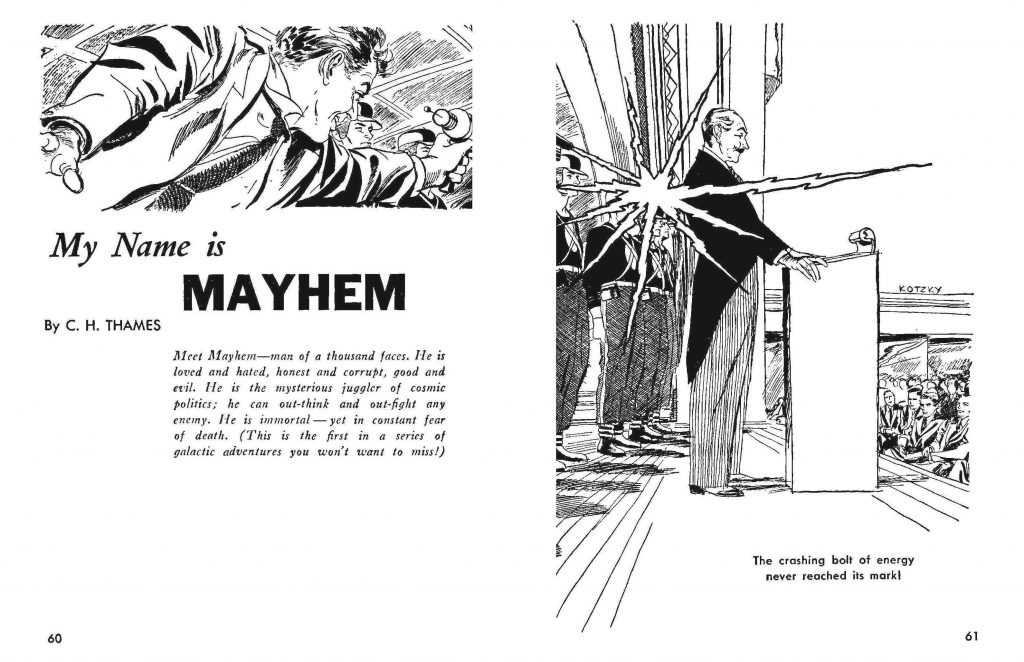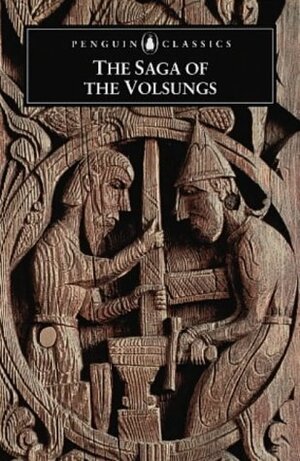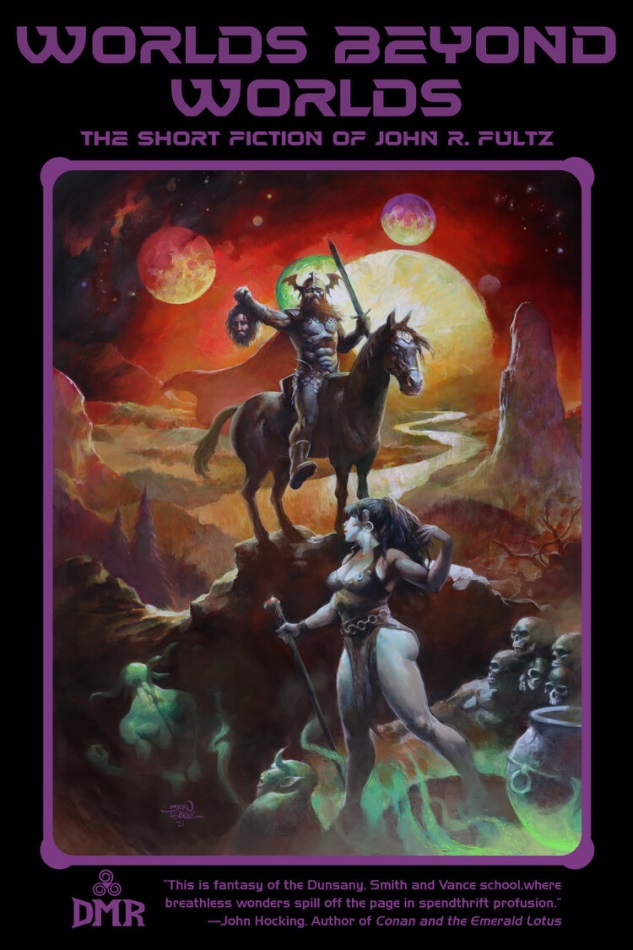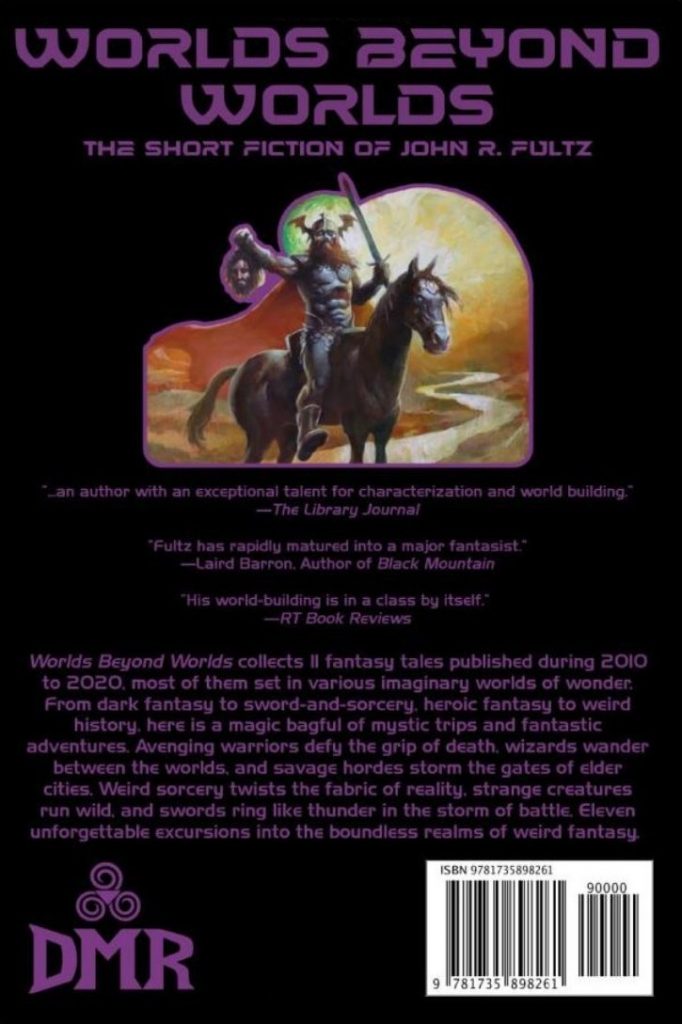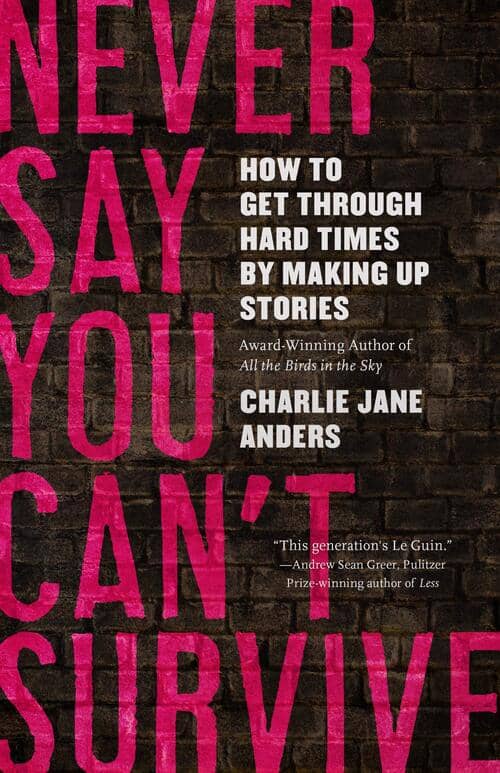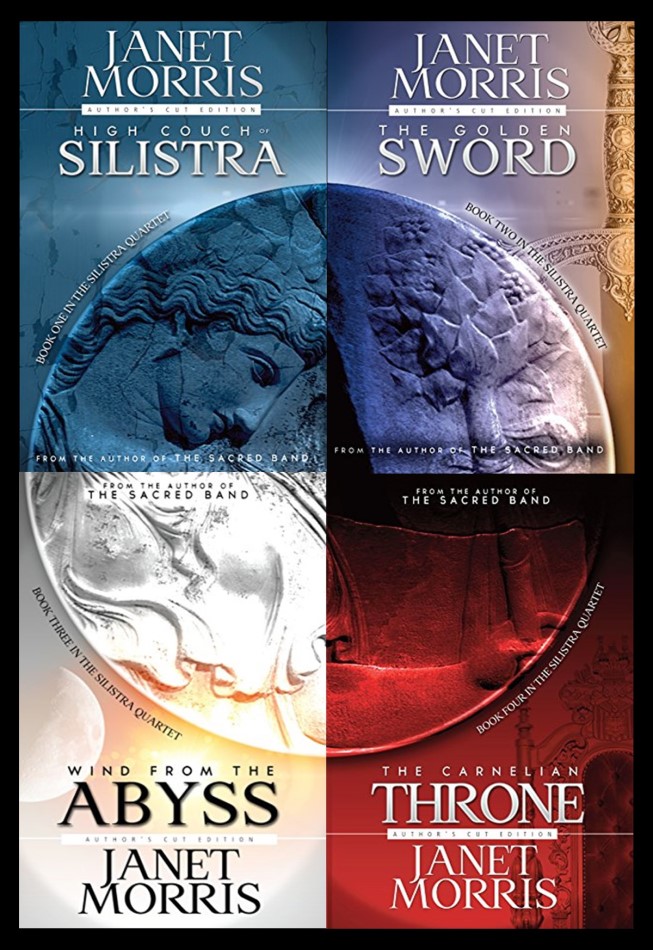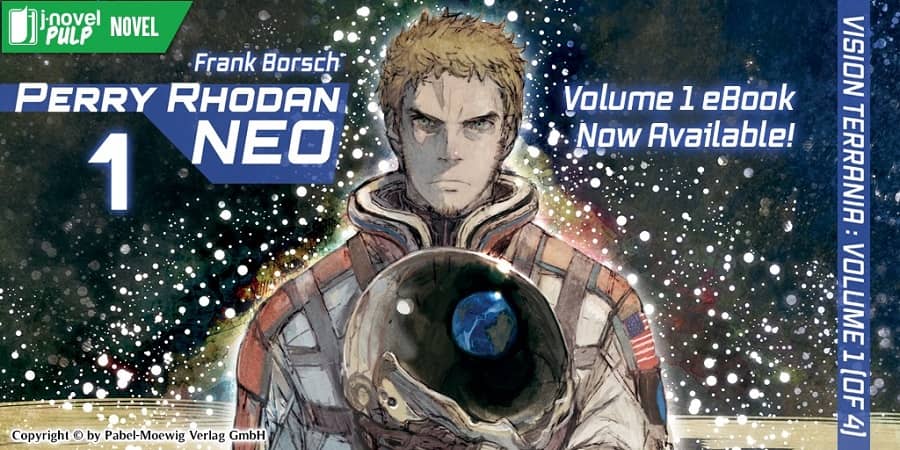The Dream of the Numinous: Carl Sagan’s Contact
Contact by Carl Sagan
First Edition: Simon and Schuster, October 1985, Jacket painting by Jon Lomberg
Contact
by Carl Sagan
Simon and Schuster (432 pages, $18.95, Hardcover, October 1985)
Jacket painting by Jon Lomberg
Carl Sagan is known as the greatest science popularizer who was also a legitimate scientist of the late 20th century. His landmark achievement was a 13-part TV series, Cosmos, broadcast in 1980, and its companion book of that same year. Sagan was an astronomer and planetary scientist, whose achievements included planning the first Mariner mission to Venus in the 1960s and the Viking landers on Mars in 1976. His first popular book, The Cosmic Connection (1973), won a special nonfiction John W. Campbell Memorial Award – the only time that award went to a nonfiction book – in 1974. Indeed, that’s how I first heard of Carl Sagan, having been following the science fiction awards for just a year or two, at my age then.
…
